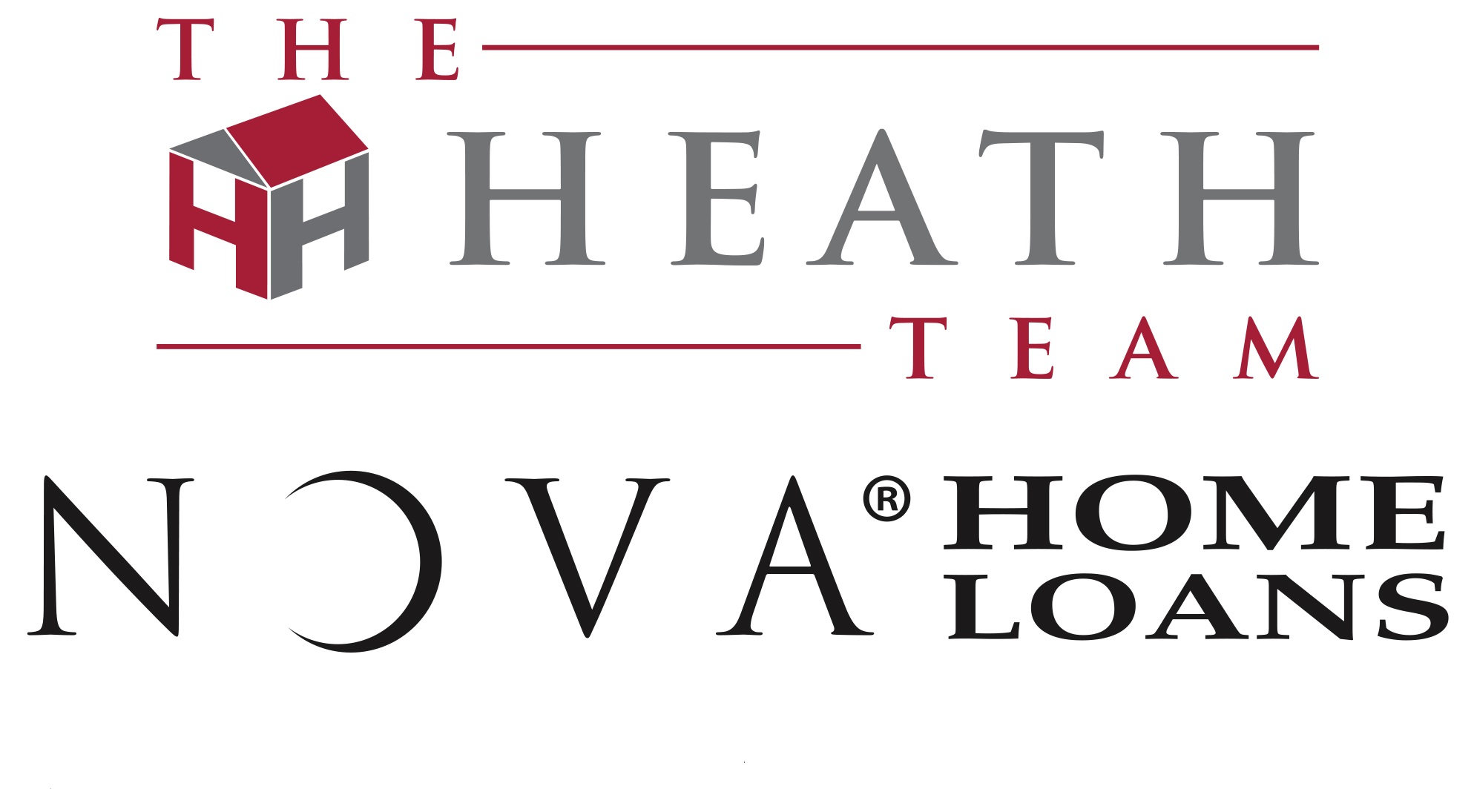When you are researching mortgages you may come across the term “no discount points” or “Assumes a 1% discount point” or some such language.
A “point” equals 1% of the loan amount, charged as a fee at closing. So on a $200,000 loan a “point” would be a $2,000 fee added to your closing costs. In reality, the “discount fee” can be a range from just a few dollars to a few thousand, depending on the circumstances.
Discount fees are neither good nor bad- they are trade with the lender for a lower rate. Each borrower’s situation is different so we make individual recommendations as to whether the trade makes sense for them.
We discussed how interest rates work– and closing costs in other posts, but discount fees are a complex topic which deserves its own space.
Borrowers are quoted an interest rate on their loan and always have the option to “buy it down” by paying an upfront fee. The cost of that fee is dependent on market conditions and will move up and down throughout the day- just like a stock price might. The swing is usually small, but can move rapidly in one direction or the other.
Sometimes it takes just a few dollars to reduce the rate by .125% and sometimes it takes hundreds. To reduce the rate by .25% and more, it can add substantially to the cost of your loan. The Heath Team will help you evaluate if the monthly savings from lowering your rate will be greater than the cost to buy it down.
We look at overall goals of each borrower, how long they really expect to have the mortgage, and the impact of the fee to their current financial status.
Call us to discuss your situation.


